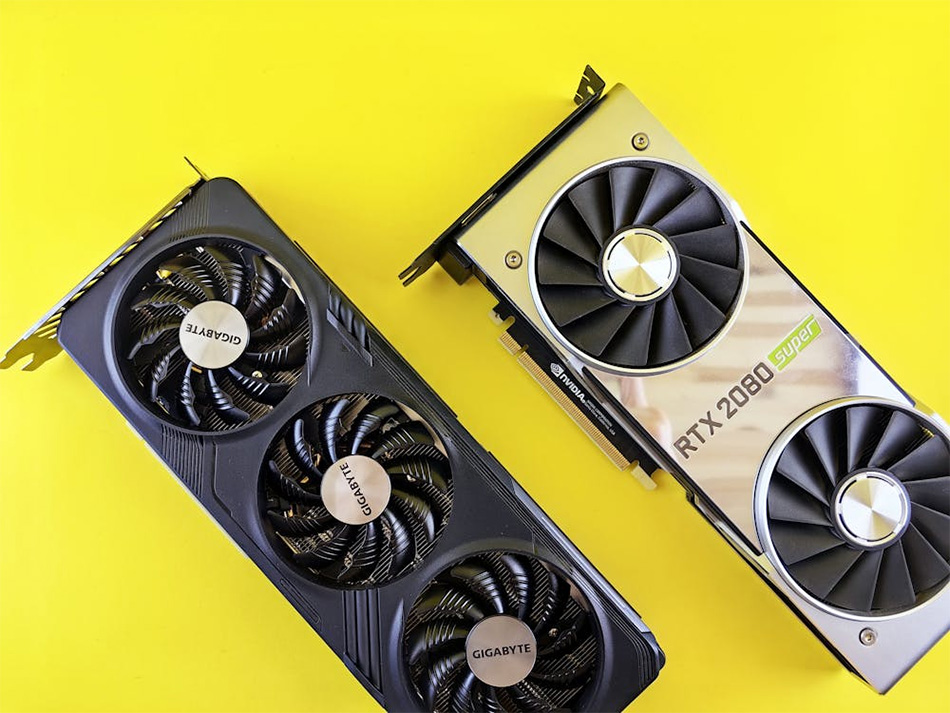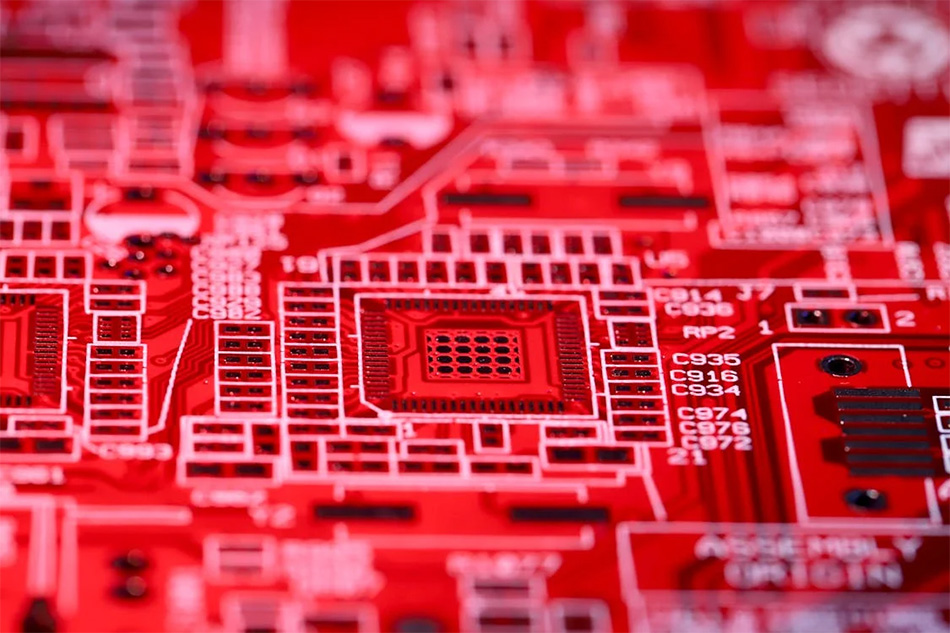Nvidia Unveils Revolutionary 1.6Tbps Photonics Network Technology at GTC 2025
At its GTC 2025 conference, Nvidia revealed revolutionary networking technology developments by adding silicon photonics integration into its Quantum InfiniBand and Spectrum Ethernet switches. Rather of depending on conventional pluggable transceivers, this innovative method embeds photonics straight into switch ASICs, hence greatly lowering power use and minimizing signal loss in AI data centers. Supporting up to 1.6 terabits per second (Tbps) per port, the new Quantum-X and Spectrum-X switches let millions of GPUs in what Nvidia calls “AI factories”—a new type of extreme-scale data centers needing reimagined networking architecture connect efficiently.
Silicon Photonics: A 3.5x Leap in Network Efficiency
With the company stating a 3.5x increase over traditional networking configurations, the inclusion of silicon photonics into Nvidia’s new switches shows a significant increase in energy efficiency. Traditional networking solutions need millions of optical transceivers utilizing great amounts of electricity in typical AI data centers containing over 400,000 GPUs. For big-scale AI deployments, Nvidia’s creative method greatly lowers total network power needs from 72 megawatts to only 21.6 megawatts, providing notable sustainability advantages. This efficiency breakthrough could perhaps apply to other corporate uses as well, hence allowing quicker and more dependable connection across several technology sectors.
Massive Throughput for Hyperscale AI Factories
Ranging from 128 ports at 800Gbps to an amazing 512 ports at 800Gbps, Nvidia’s Quantum-X and Spectrum-X photonics switches available in different configurations providing total throughputs of up to 400Tbps. While the Quantum-X InfiniBand switches provide better signal integrity and durability, the Spectrum-X Ethernet architecture is especially meant to improve multi-tenant hyperscale deployments. NVIDIA is breaking the historical boundaries of hyperscale and enterprise networks and opening the door to million-GPU AI factories by including silicon photonics straight into switches, Jensen Huang, founder and CEO of NVIDIA, said, stressing the transforming power of this technology for next-generation computing infrastructure.
The Transition from Copper to Optical Networking
Copper connections are still important in certain setups even as Nvidia develops its optical networking technologies. Current systems like the GB200 NVL72 still link GPUs and CPUs via NVLink 5 using thousands of copper wires, providing lower power usage at the rack level. But, as Nvidia moves toward NVLink 6, copper’s natural limits will become more clear, highlighting the need of photonic solutions in large-scale AI deployments. With optical links offering the bandwidth and efficiency required for next-generation AI workloads, this change indicates a basic change in how data centers are built.
Phased Release Schedule Through 2026
Nvidia has outlined a phased release schedule for its new photonics-based switches spanning late 2025 through 2026. Launching in late 2025, the Quantum 3450-LD InfiniBand switch will have 144 ports of 800 Gb/sec connection and a total bandwidth of 115 Tb/sec. Trailing in 2026, the Spectrum SN6810 Ethernet switch will launch with 128 ports at 800 Gb/sec and a total bandwidth of 102.4 Tb/sec. The bigger Spectrum SN6800 variant will come later in 2026 for those who need even more capacity, with 512 ports of 800 Gb/sec and an unmatched total throughput of 409.6 Tb/sec.
Aiming to meet the rising needs of more complicated and large-scale AI models, this bold road map shows Nvidia’s dedication to transforming network infrastructure for AI computing. These technologies will probably change not only hyperscale data centers but also affect the creation of more efficient networking solutions all across the larger technological scene as they mature and become widely available.


